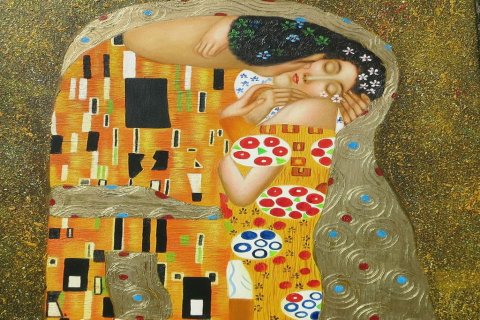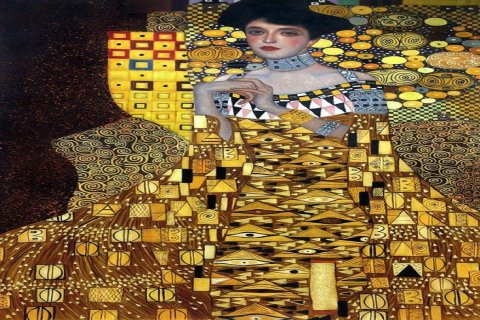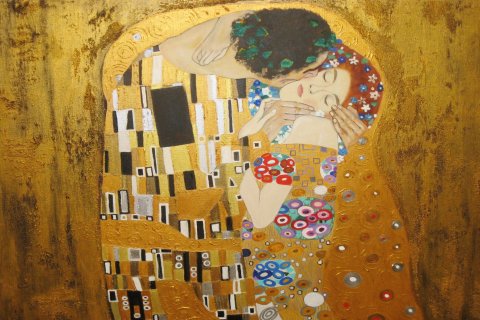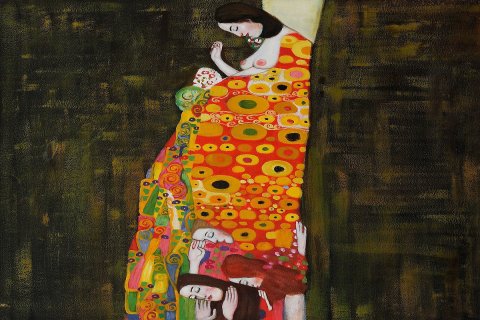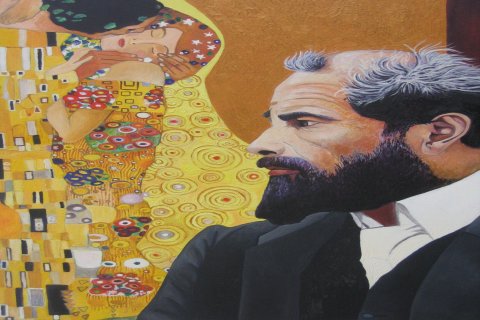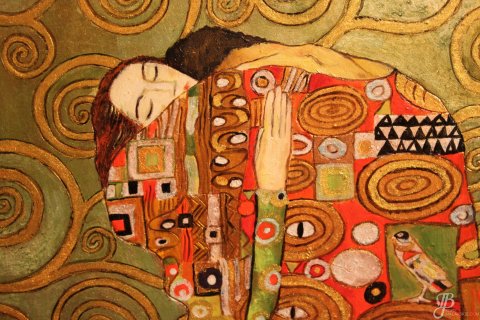Gustav Klimt

Gustav Klimt: A Pioneering Artist of the Art Nouveau Era
Early Life and Influences:
Born on July 14, 1862, in Baumgarten, Austria, Gustav Klimt was the son of a goldsmith and engraver. He displayed a talent for art from an early age and enrolled in the Vienna School of Arts and Crafts at the age of 14. During his studies, Klimt was influenced by the works of Renaissance masters, as well as contemporary artists such as Hans Makart, known for their elaborate and decorative styles.
Art Nouveau and Symbolism:
Klimt's early works were characterized by a blend of traditional academic painting and elements of Art Nouveau, a style that emphasized sinuous lines, floral motifs, and stylized forms. He also incorporated Symbolist elements into his paintings, using allegory and symbolism to convey deeper meanings and emotions. Klimt's works often explored themes of love, sexuality, and the human condition.
The Vienna Secession:
In 1897, Klimt co-founded the Vienna Secession, a group of artists who sought to break away from the conservative artistic establishment and promote new and progressive forms of art. The Vienna Secessionists held exhibitions and published a magazine, Ver Sacrum, which showcased the works of Klimt and other members of the group.
The Golden Period:
Klimt's "Golden Period" began around 1900 and lasted for about a decade. During this time, he produced some of his most famous and iconic works, including "The Kiss" (1907-1908) and "Judith and the Head of Holofernes" (1901). These paintings were characterized by their lavish use of gold leaf and intricate decorative patterns. The golden tones and elaborate ornamentation in these works symbolized wealth, luxury, and decadence, and they often depicted allegorical or mythological subjects.
Later Works and Legacy:
In his later years, Klimt's style evolved, and he began to experiment with different techniques and subject matter. He produced a series of landscape paintings in the 1910s, depicting the Austrian countryside. Klimt also became interested in portraiture, creating intimate and psychological portraits of his friends and patrons.
Gustav Klimt passed away on February 6, 1918, in Vienna. He left behind a significant body of work that continues to be celebrated for its beauty, symbolism, and technical brilliance. Klimt remains one of the most influential artists of the Art Nouveau era, and his paintings are highly sought after by collectors and art enthusiasts worldwide.

